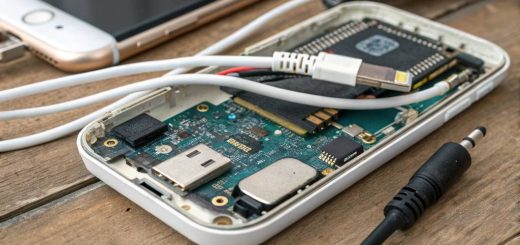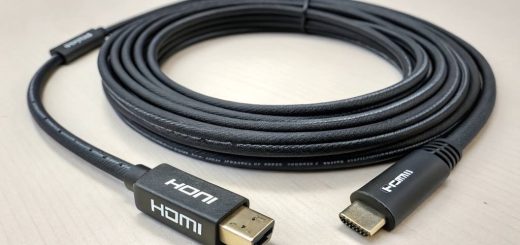The Power of Touch: How Haptics Elevate Mobile User Experience
In the ever-evolving landscape of mobile technology, user experience (UX) has become paramount. Beyond sleek designs and intuitive interfaces, a subtle yet impactful element is revolutionizing how we interact with our devices: haptics. Once a novelty, haptic feedback is now an integral part of the mobile experience, adding a new dimension of engagement and immersion.
What are Haptics?
Haptics, simply put, is the technology that creates an experience of touch by applying forces, vibrations, or motions to the user. In the context of mobile devices, this translates to the subtle buzzes, taps, and vibrations we feel when interacting with our phones. These seemingly minor sensations play a significant role in how we perceive and interact with our digital tools.
Beyond Vibrations: The Psychology of Touch
Haptic feedback taps into our innate sense of touch, a fundamental aspect of human perception. Research has shown that touch is deeply connected to our emotions and cognitive processes. By incorporating tactile sensations into the mobile experience, haptics create a more visceral and memorable connection between user and device.
Consider the satisfying “click” sensation when you press a virtual button on your screen. This subtle feedback confirms that your action has been registered, enhancing the feeling of control and responsiveness. Or think about the gentle pulse you feel when receiving a notification. This not only alerts you but also conveys a sense of urgency or importance.
Enhancing User Interfaces
Haptic feedback is not merely about adding gimmicky vibrations; it’s about enhancing the overall user interface (UI). By providing tactile cues, haptics can:
- Confirm Actions: Subtle vibrations confirm that a tap, swipe, or button press has been registered, reducing uncertainty and enhancing the feeling of responsiveness.
- Provide Guidance: Haptics can subtly guide users through complex interactions or menus. For instance, a series of taps can indicate the direction to scroll or the next step in a process.
- Enhance Immersion: In mobile gaming, haptics can simulate the feeling of impact, adding a layer of realism and immersion to the gameplay.
- Accessibility: Haptics can be invaluable for users with visual impairments, providing tactile alternatives to visual cues.
Innovative Applications of Haptics
Mobile app developers are continuously finding innovative ways to integrate haptics into their creations:
- Keyboard Feedback: Many virtual keyboards now offer haptic feedback with each keystroke, simulating the feel of a physical keyboard and improving typing accuracy.
- Health and Fitness: Fitness apps utilize haptics to provide real-time feedback during workouts, guiding users through exercises and motivating them to reach their goals.
- Navigation: Haptic feedback can be used to provide directional cues during navigation, subtly indicating when to turn or change lanes.
- Emotional Connection: Some apps use haptics to create emotional connections with users. For example, a calming vibration might accompany a meditation app, or a playful buzz might enhance a social interaction.
The Future of Haptics
As haptic technology continues to evolve, we can expect even more sophisticated and nuanced tactile experiences in the future. Here are a few potential developments:
- High-Definition Haptics: The development of actuators capable of producing more precise and varied sensations will open up new possibilities for haptic feedback.
- Context-Aware Haptics: Haptic feedback that adapts to the user’s environment or the content being displayed will create more immersive and personalized experiences.
- Haptic Communication: Haptics could be used to convey complex information or emotions, potentially transforming how we communicate with each other through our devices.
A Tactile Revolution
Haptics are no longer a mere novelty; they are an essential component of the mobile user experience. By engaging our sense of touch, haptics elevate our interactions with our devices, making them more intuitive, immersive, and enjoyable. As this technology continues to advance, we can anticipate a future where our mobile devices feel as natural and responsive as the physical world around us. To gain a better understanding of this innovative technology, you can explore Globaeroshop review on what is haptics for ringtones and see how it enhances the overall user experience.










